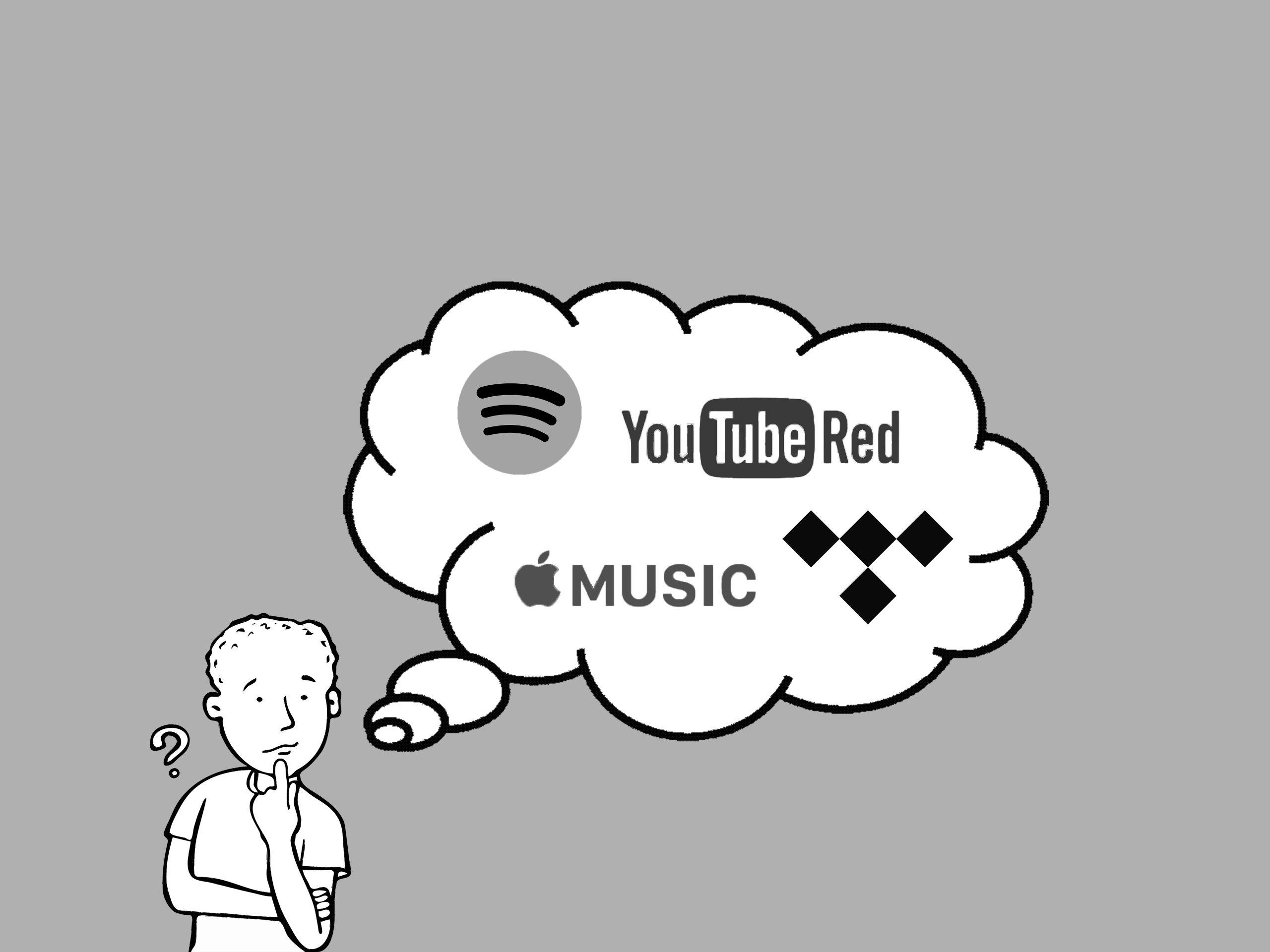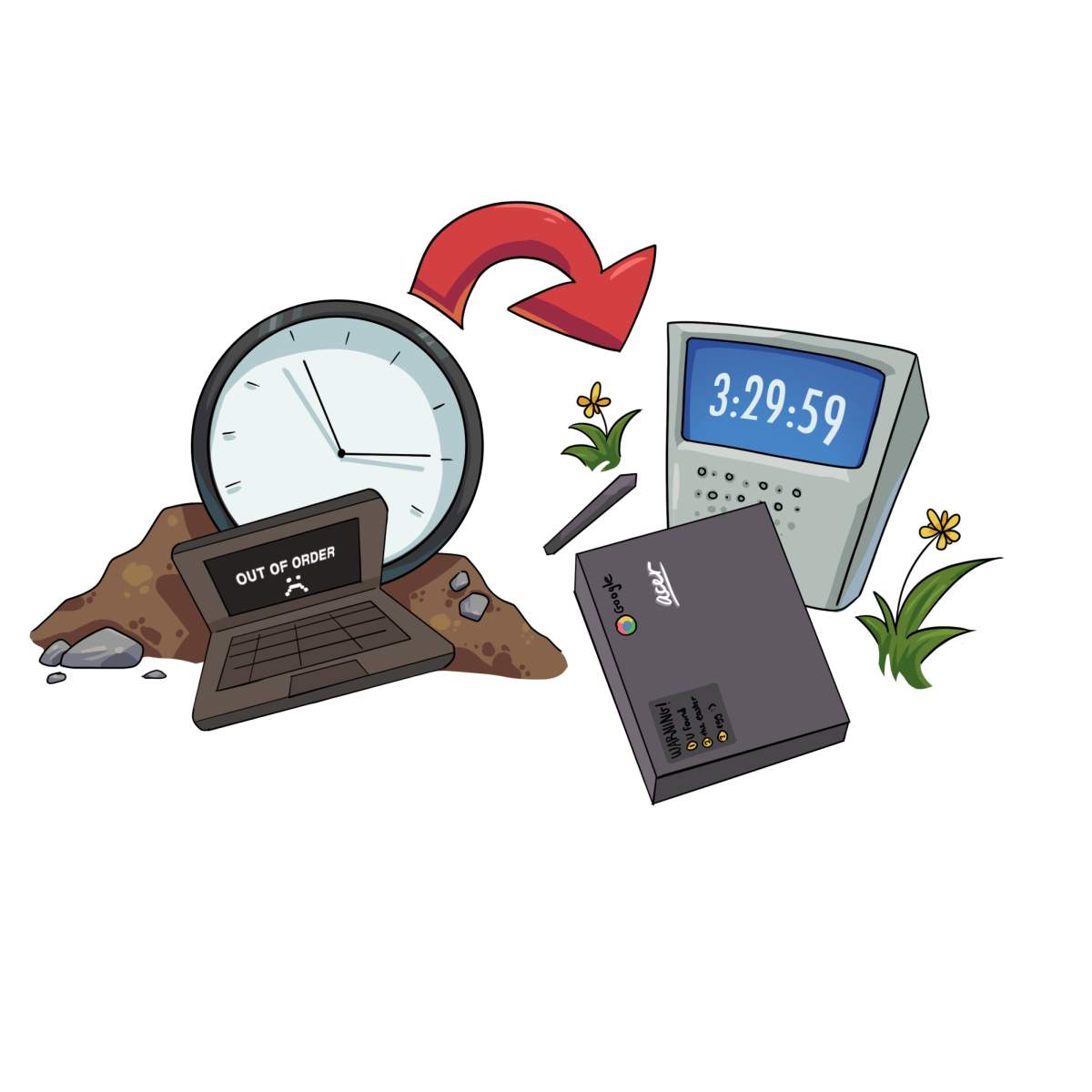Just like any other adolescent roaming the campus of Palo Alto High School, I encounter the daily dilemma of trying to balance my needs with my resources. I constantly ask myself the question: “Do I really need to buy this?” From the time I got my first Apple device equipped with iTunes, I have had to decide which music platforms to invest my time and limited data plan into. If you face the same predicament, here is a brief, albeit comprehensive, overview of the best music platforms.
Spotify
Pros: Arguably the most popular music streaming platform, this Swedish service gives access to about 30 million songs. The company operates under a “freemium model,” which allows users to experience the majority of songs for free under certain conditions, such as advertisements. For $10 per month, and a 50 percent student discount, a listener can upgrade to the “Premium” model, which offers advertisement-free streaming and a mobile listening capability. The platform, which users can access via the web or mobile and tablet applications, creates personalized playlists, monitors a “top 50” chart and allows users to “follow” other playlists.
Cons: Spotify, which looks great at face value, unfortunately hides a myriad of problems under the circular green icon. Notable artists, including singer Taylor Swift, Prince and Tom Yorke have pulled their music off the streaming platform, citing the lack of compensation. According to Spotify’s Artist website, the service pays between $0.006 and $0.0084 per stream to the artists, a compensation that pales in comparison to other streaming sites. Although Spotify is a great deal for any listener, the other side of the spectrum appears considerably darker.
Tidal
Pros: Tidal, which was created by Jay Z, allows artists to have stakes in the company, directly giving them profits from the streams. In comparison to other sites that offer the artists meager compensation, Tidal offers the most benefits to its artists. Brought into the spotlight by Kanye West’s new album, “Life of Pablo,” the platform offers a unique palette of advantages that other services cannot match. First, and perhaps most importantly, Tidal is making waves by being the only service that has the legal backing to publish Kanye’s newest album. Although illegal black market sites have copies of the album, Tidal offers a clean conscience and better sound quality. The platform also presents several songs written by the living legend — Prince.
Cons: Unfortunately for the many penny-pinching high schoolers out there, Tidal’s lack of any form of free service acts as a negative against its vast array of songs. In addition, the platform’s premium service costs $20/month, which is money that could be spent on a week’s worth of lunch at Town and Country. Even more damning, many sources have corroborated the claim that Tidal’s songs often buffer, even on high-speed Internet. In a fast-paced time like high school, the 5 to 10 seconds between the buildup and the bass drop could be the difference between an excellent and terrible day.
Youtube Red
Pros: A subscription to YouTube Red not only incorporates videos from YouTube, but also includes music from the Google Play Store, combining two separate music and video platforms into one. In addition, Red allows users to watch videos without any advertisements. For those who follow YouTube stars such as the Fine Brothers, YouTube Red comes with a pass to see exclusive content that regular subscribers cannot. YouTube Red also allows users to download videos and music from the software to use whenever need be, which alleviates the need to stream using data.
Cons: YouTube Red does not offer discounts, which means that the $10/month rate is final for all users. It is also difficult to create playlists on this interface, which means that you have to manually search for every song or video that you want to watch.Although the content from video creators looks like a great idea on the surface, in reality, all publishers that use advertisements need to connect to YouTube Red to avoid having their videos taken down. In a country that emphasizes free use and ownership, having a restriction placed on videos is a hindrance to YouTubers.
Apple Music
Pros: Apple’s newest music platform, Apple Music, is supported by both Android and iOS systems, something that its predecessor, iTunes, could not accomplish. In addition, any artist can submit content to Apple Music, due to changed guidelines that allow more leeway in submissions. Apple Music’s library can be synced with previous iTunes playlists, which answers any questions about transitioning from iTunes.
Cons: Many people have reported frustration with Apple Music. Apple decided to integrate the Apple Music feature into the Music app on iOS, which creates an overwhelming experience for new or unpracticed users. The flood of options for users trying to add songs to a playlist can feel difficult to grasp at first. Although you are free to make your own playlists with Apple Music, you cannot follow those of your Facebook friends, making it difficult to share music within your circle.







